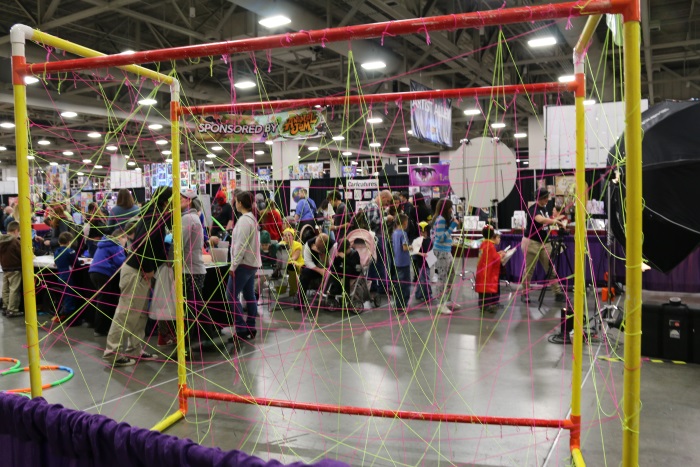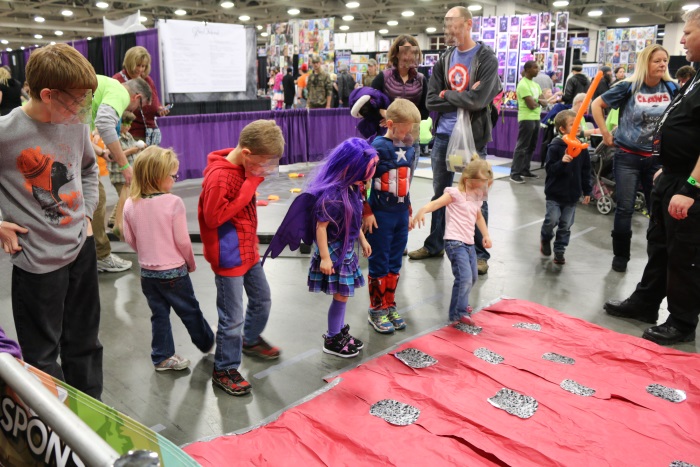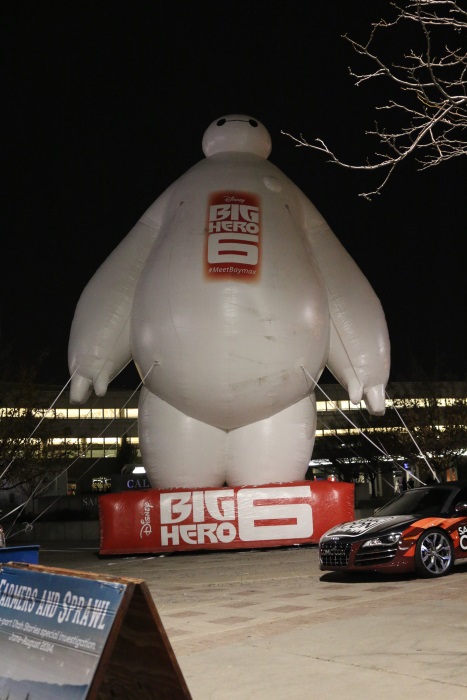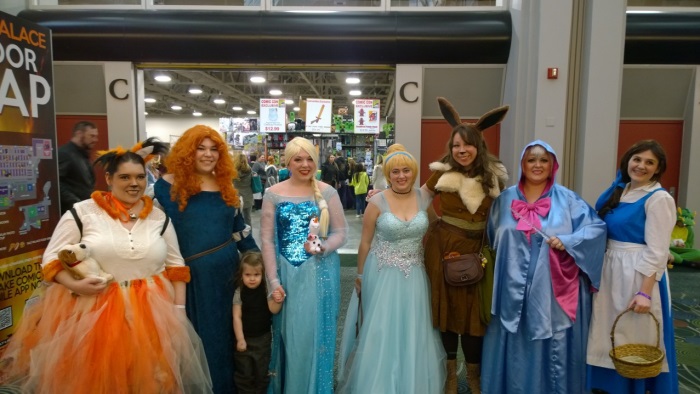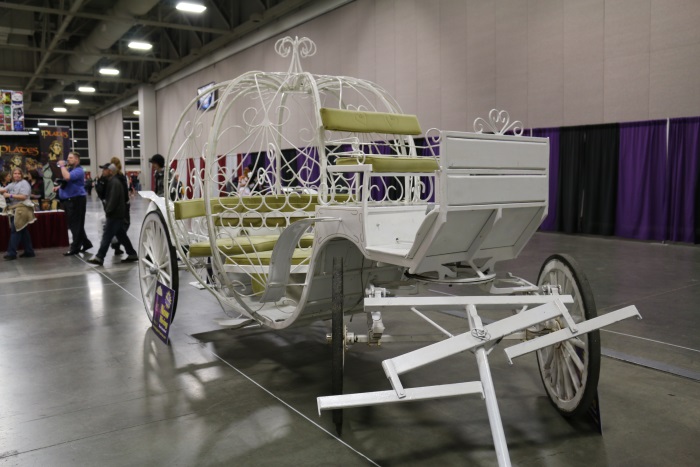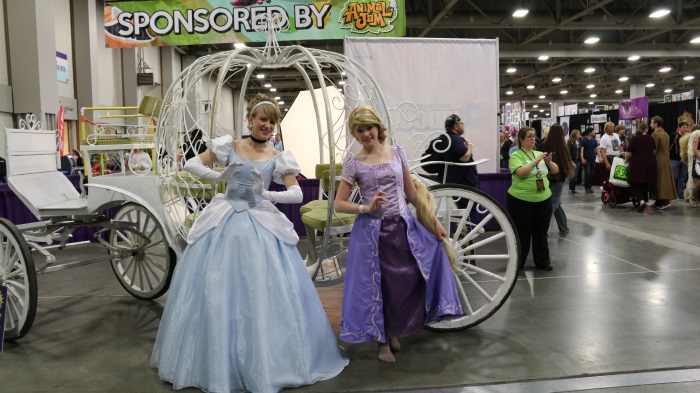One thing that I really like about the explosion in the breadth and depth of fantasy literature is the torrent of interesting ideas. Take, for example, the explanation problem in modern fantasy – a story set in the current “real” world must explain why most people have no knowledge of or experience with magic.
Unless you’ve been living under a rock, you already know the most common solution: it’s hidden. In the Harry Potter stories, the Ministry of Magic goes to great lengths to keep magic a secret. In the Harry Dresden stories, while no explicit effort goes towards keeping magic secret, most people consciously and/or subconsciously don’t want to know about the supernatural.
Another solution that authors have used is The Big Reveal. Magic and the supernatural have always been around, and hidden, but now they’re not. In the Sookie Stackhouse novels, vampires held press conferences throughout the world, announcing their existence. This worked out better in some countries than in others. The Jane Yellowrock novels also use a Big Reveal. One of the interesting parts of stories with a Big Reveal is the evolution of the attitudes towards vampires, shapeshifters, and other supernatural entities by the public at large, individual characters, and the government.
I would also like to mention a special case of The Big Reveal found in the Kate Daniels series by Ilona Andrews. In this series, magic has been dormant for hundreds of years, allowing the development of modern technology. Only magic doesn’t stay gone, and when it finally comes back, things get wild. In the stories, magic and tech are incompatible and mankind has learned to deal with whichever is in force at any given time – for example, houses have both electronic and magical lighting systems.
And then there are the authors who want to write a modern or “urban” fantasy story and don’t want either hidden magic or a reveal.
The most common form is a parallel timeline – a universe similar to our own, but where magic and magical creatures have always been public knowledge. The level of parallelism can vary significantly. The universe of Anita Blake, Vampire Hunter, contains much of the same history, and many of the same pop-culture elements. The first volume in the story begins shortly after vampires are granted rights as citizens with legal protections – though not quite the same protections as normal humans, since normal humans can’t mesmerize prison guards.
A less common form of “urban” fantasy is set in a completely different universe, with different geography, countries, societies, history, languages and cultures. The recognizable trappings of modern society such as cars, electric lights, printed books, modern houses/apartments/condos, and cities with concrete and asphalt are present, but none of the brands, artists, or names are recognizable. I’ve only run into a couple examples of this type, the best being a newish series The Others by one of my favorite fantasy authors – Anne Bishop.
Now somewhere out in the audience, there’s someone thinking “four distinct sub-genres.” My only comment about that is: hogwash.
I deliberately withheld one important detail about the Kate Daniels series. It’s set in the future. And they have technology that’s in advance of our own. Confusing, right? Is it even really fantasy? Or is it some kind of funky science fiction sub-genre? Honestly, I think it’s the wrong question.
The idea behind genres and sub-genres is to divide everything up into nice, neat categories. Then we can say that a given book is LGBT, alternate history, steampunk, for example. And dividing things up into these nice, neat categories is supposed to help us find the books that interest us, and avoid the ones that don’t.
Except that science fiction and fantasy writers don’t write stories so that they can fall into nice, neat categories. They write stories with fresh, new ideas. They write stories that push past the boundaries of what we’ve imagined so far, into realms that we had not yet previously imagined. That’s when writers are at their best – coloring outside the lines.
So, if we want to see great SF&F writing, do we really want to keep drawing new lines for authors to color inside of? I sure as heck don’t think so.
To be honest, I’m not even entirely sure that we need to separate science fiction and fantasy in the first place. Instead, I would just call it all speculative fiction, which has the advantage of having a recognizable acronym. Then we can talk about distinct story elements – the things that we used to call sub-genres. The difference being, that a work can have whatever DSEs are appropriate. The Kate Daniels series has a future setting, advanced technology, magic, vampires, and also shapeshifters. Not exactly a combination that fits well into a traditional sub-genre system.
Oh, and just to shake things up, how about a story with current setting, alien invasion, and vampires. Seriously. Out of the Dark by David Weber. Yeah, that Weber. Go look it up if you don’t believe me.
And quit trying to shoe-horn things into nice, neat categories. Life doesn’t work that way. Just ask the platypus.

